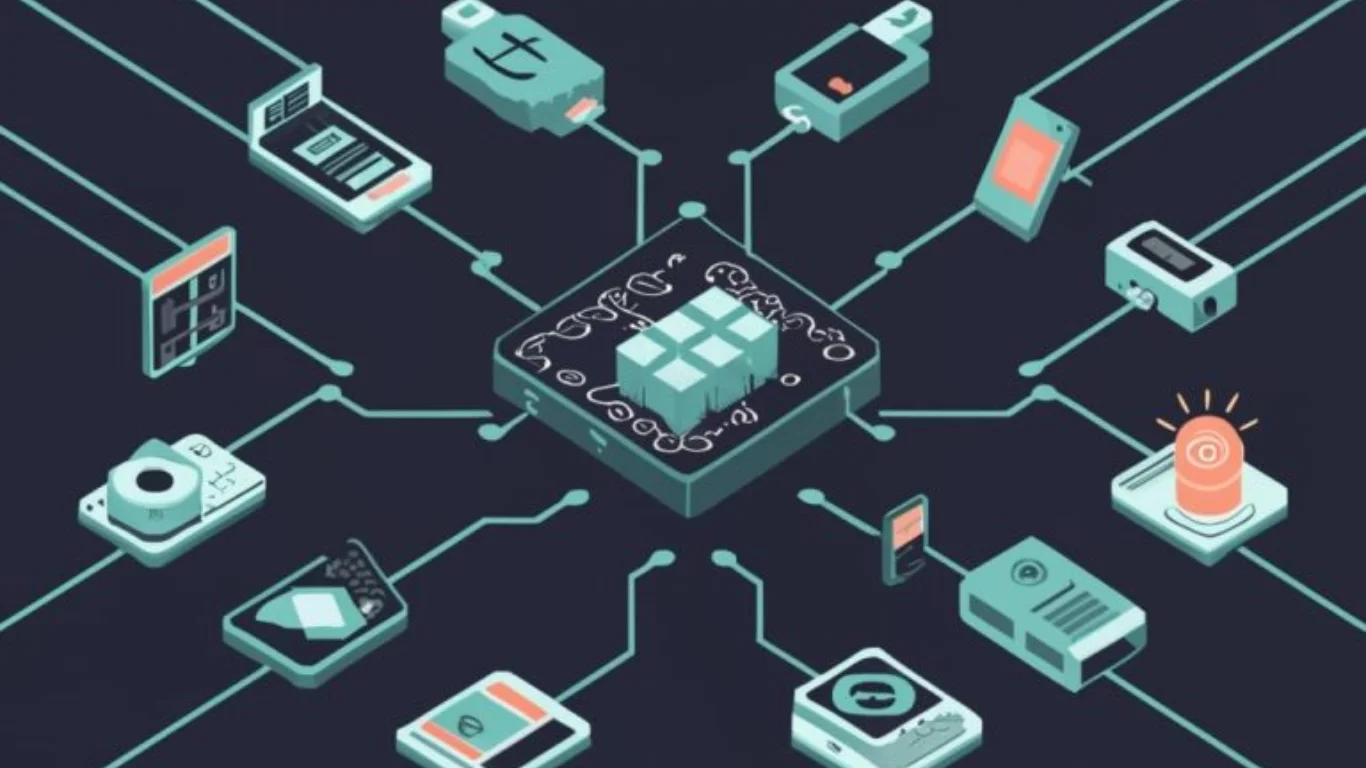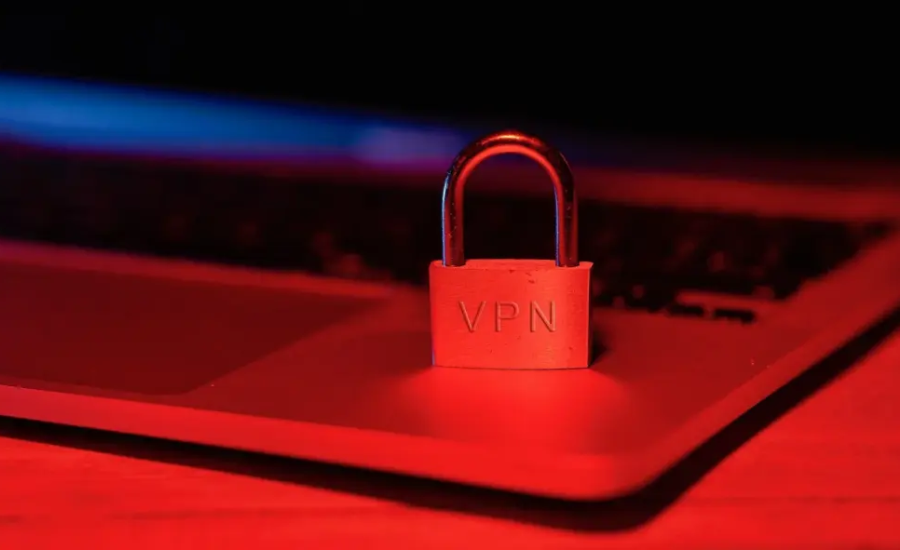Vex Serial Nodejs: In our latest summer update, we’re thrilled to unveil a revamped toolchain, with the newly launched cargo-v5 replacing the previous cargo-pros. Unlike its predecessor, cargo-v5 no longer requires pros-cli for terminal interactions or uploading. Instead, it integrates seamlessly with the newly developed vex-v5-serial library, which represents a complete overhaul of the V5 Serial Protocol, now fully implemented in Rust. This updated library offers enhanced flexibility, supporting a variety of connection options including wired, controller, and Bluetooth (btle) connections.
The reengineering of the Brain’s serial protocol has been a monumental task, one that was made possible thanks to invaluable resources such as vexrs-serial (which served as the starting point for vex-v5-serial before it was completely rewritten), v5-serial-protocol, and pros-cli. We want to extend our sincere gratitude to these open-source initiatives for their foundational contributions to this development.
In this post, we’ll delve into the details of the V5 Serial Protocol and explore the technical development of vex-v5-serial. This guide is designed to be approachable for readers with a solid understanding of systems programming, even for those who may not be familiar with VEX robotics.
Understanding the Annoy Brain and Its Role in Robotics
The Annoy Brain serves as the central processing unit (CPU) for Annoy robotics systems. It is responsible for executing tasks, managing sensors, and controlling motors, making it crucial for the operation of a robot. By handling all inputs and outputs, it ensures that the robot performs as intended.
What is Annoy Robotics?
Annoy Robotics is a tool designed to inspire children to explore careers in STEM (Science, Technology, Engineering, and Mathematics). Through hands-on learning, students can create, program, and control robots. By utilizing the Annoy Brain, learners can manage their robotic creations while gaining valuable experience in these important fields.
Key Features of the Annoy Brain
- Several features set the Annoy Brain apart, including its numerous input and output ports, which make connecting sensors and motors simple.
- It has an LCD panel that provides real-time feedback while the device is operating.
- With the use of pre-loaded programs or real-time commands from a connected device, the Annoy Brain is capable of performing intricate tasks.
This adaptable tool is intended to improve education and provide students a deeper understanding of robotics mechanics.

Exploring the V5 Serial Protocol and Its Functionality
The V5 Serial Protocol plays a crucial role in connecting your computer with the V5 Brain, allowing various tools like pros-cli and VEXcode to upload programs, monitor terminal outputs, and more. Despite being termed a “serial” protocol, it supports both USB and Bluetooth connections, providing flexible options for interfacing with the V5 Brain.
This protocol operates using two primary types of binary packets: Command packets (which travel from the computer to the Brain) and Response packets (which are sent from the Brain to the computer). Every Command packet triggers a corresponding Response. These packets are further divided into two categories, CDC and CDC2, with “CDC” standing for Communications Device Class. Command packets feature a specific header ([0xC9, 0x36, 0xB8, 0x47]) and an ID byte, while Response packets are marked by a distinct host-bound header ([0xAA, 0x55]) and a matching ID. Depending on their category, these packets may carry a payload for additional data.
Understanding CDC2 Packets
CDC2 packets are a central element of the V5 Serial Protocol and play a significant role in ensuring reliable data exchanges. Unlike standard CDC packets, CDC2 packets are designed with several advanced features, including extended IDs and CRC16 checksums, which enhance the reliability and integrity of communication.
Each CDC2 packet contains the following components:
- A device-bound header that marks the beginning of the packet.
- A one-byte ID that is commonly used across different CDC2 packet types.
- A unique extended ID for each type of CDC2 packet, offering more specific identification.
- A VarU16 field indicating the size of the payload, followed by the actual payload data.
- A CRC16 checksum to ensure the packet’s accuracy and integrity.
These components make CDC2 packets more robust and capable of supporting complex commands, which is essential for advanced device communications.
Special Case: Irregular Packets
The ReadFileReplyPacket is an unusual type of packet within the V5 Serial Protocol. It doesn’t strictly fit into the CDC or CDC2 categories due to its flexible structure. This packet is used for read operations and behaves differently based on the success or failure of the operation.
When an error occurs during the read process, the ReadFileReplyPacket will include:
- The ID and extended ID for identification.
- An ACK code to signal the error or failure.
- A CRC16 checksum for packet integrity verification.
On a successful read operation, the packet will contain:
- The ID and extended ID for identification.
- The memory address from which data was retrieved.
- The data that was successfully read.
- A CRC16 checksum for verification.
Due to its unique design, the ReadFileReplyPacket is distinguished from standard CDC and CDC2 packets. This specialized structure allows it to accommodate flexible data retrieval and error handling within the protocol.
Understanding DeviceURL and Its Impact on Robotics
DeviceURL is a groundbreaking innovation that enables users to remotely monitor and control devices connected to the Annoy Brain. Acting as a bridge between physical robots and the virtual world, it facilitates seamless real-time data exchange and control over the internet.
What is DeviceURL?
DeviceURL serves as a digital gateway, providing users with remote access to the Annoy Brain from anywhere in the world. With this tool, users can operate their robots, adjust settings, and monitor performance in real time without being physically near the device.
How DeviceURL Integrates with the Annoy Brain
By connecting the Annoy Brain to a network, DeviceURL enables users to:
- Remotely access robot controls for streamlined operations.
- Monitor real-time sensor data to track the robot’s status.
- Make instant adjustments to programming or configurations, enhancing efficiency.
The Importance of DeviceURL in Robotics
DeviceURL transforms the way we interact with robotics, especially in remote learning and competitive environments.
Real-Time Communication and Control
DeviceURL ensures uninterrupted, real-time communication with your robot. Whether making live programming changes or fine-tuning during a competition, it provides a fluid interface for immediate updates.
Remote Access to Annoy Robots
DeviceURL is especially valuable for users who need to interact with their robots from remote locations. For example, you could test your robot for a competition from halfway across the globe, ensuring consistent progress regardless of distance.
How to Set Up DeviceURL for the Annoy Brain
Setting up DeviceURL for the Annoy Brain is straightforward but requires careful attention to configuration details.
Step-by-Step Guide to Set Up DeviceURL
- Connect the Annoy Brain to a Network
Ensure the device is connected to a secure and reliable network. - Obtain the DeviceURL
Once connected, the Annoy Brain will generate a unique URL. - Access the URL
Enter the DeviceURL into a browser or compatible application to gain control over the robot’s operations and data.
Configuring the Annoy Brain for Remote Access
To enable smooth remote access:
- Verify that the Annoy Brain allows external connections.
- Adjust firewall settings and network permissions as needed.
- Implement security protocols to safeguard the connection.

Benefits of Using DeviceURL
DeviceURL offers numerous advantages, particularly in educational and competitive robotics scenarios.
Enhancing Learning Through Remote Capabilities
In educational settings, students can interact with their robots from home, enabling participation in robotics activities and courses without needing to be physically present. This fosters collaboration on group projects and supports continuous learning.
Streamlining Robot Control and Performance Monitoring
DeviceURL simplifies the process of monitoring robot performance during competitions or practice sessions. Teams can troubleshoot issues in real time and make immediate adjustments, optimizing their robot’s functionality.
DeviceURL is a game-changer for robotics, bridging physical and virtual interactions and making robotics more accessible and efficient for users worldwide.
Establishing a Connection to the V5 Brain: Methods and Protocols
Connecting a host machine to a V5 Brain involves three primary methods, each tailored to specific scenarios and offering distinct advantages. These methods—direct wired connections, controller connections, and Bluetooth—provide users with flexibility in managing their robotics systems.
Direct Wired Connection
This method uses a USB cable to establish a direct link between your computer and the V5 Brain, ensuring the fastest and most stable communication. The connection utilizes two separate serial ports:
- System Port: Handles communication with the Brain via the serial protocol.
- User Port: Outputs data from user programs, often referred to as the debug terminal.
These ports play a critical role in managing the flow of data between the host machine and the Brain, making direct wired connections the preferred option for robust performance and rapid data exchange.
Controller Connection
In this setup, the host computer connects to the V5 Brain through a controller using VEXnet, Bluetooth, or a physical cable. This method employs a single serial port, commonly called the controller port, which serves a similar function to the system port in direct wired connections. However, instead of the traditional output method, program data is transmitted through a UserFifoPacket, which extracts the standard output buffer.
Bluetooth Connection
This option leverages Bluetooth technology to connect the host device directly to the V5 Radio, which then communicates with the Brain. While Bluetooth offers convenience and wireless freedom, it is considered the least secure method of connection. To enhance security, users are advised to disable data transmission when Bluetooth is not in use. Additionally, the radio mode must be configured to enable data transfer in the Brain settings for Bluetooth communication to function effectively.
Inside the vex-v5-serial Project: Modular Design and Packet Management
The vex-v5-serial project adopts a modular structure to enhance code quality, flexibility, and scalability. By breaking the project into smaller, focused components, developers can easily maintain and expand its functionality.
Modular Design: Enhancing Efficiency
The modular design divides the project into distinct components, each responsible for specific features. For instance:
- The connection module manages the logic for establishing and maintaining connections, whether through USB, Bluetooth, or other interfaces.
- Features can be toggled or updated independently, ensuring seamless integration without disrupting other components.
This structured approach allows developers to implement new features, address bugs, and update functionality with minimal effort, ensuring the system remains reliable and adaptable to future requirements.
Managing Packets: Core Components of the vex-v5-serial Protocol
The vex-v5-serial system handles a variety of packet types to facilitate communication between the host and the V5 Brain. These packets are organized into submodules for clarity and ease of management.
Core Packet Types
The protocol defines four primary packet types, excluding the ReadFileReplyPacket:
- CdcReplyPacket
- Cdc2ReplyPacket
- CdcCommandPacket
- Cdc2CommandPacket
Each packet type includes parameters to specify details such as the Packet ID, Extended ID, and Payload Type. For packets without a payload, the payload type is represented as an empty parameter (), ensuring clear differentiation between data-carrying and non-data-carrying packets.
This structured approach simplifies the integration of new packet types while maintaining the integrity of the protocol.
Encoding and Decoding Packets: Streamlining Data Exchange
The vex-v5-serial project employs two primary traits, Encode and Decode, to handle packet processing. These traits streamline the conversion of packets for seamless communication between the host machine and the Brain.
Encoding: Preparing Packets for Transmission
The Encode trait transforms a Command packet into a byte vector suitable for transmission. This ensures data integrity and efficient communication with the Brain.
Decoding: Reconstructing Packets
The Decode trait processes incoming byte vectors and converts them into Response packets. Acting as an LL(1) parser, Decode efficiently handles simple data structures. For more complex scenarios involving non-null-terminated arrays or strings, the SizedDecode trait can be used, though it is less commonly applied.
Practical Example
The combination of encoding and decoding traits allows developers to create efficient parsers that are both powerful and easy to use. This approach ensures high performance and facilitates user-friendly packet processing, making it an ideal solution for handling diverse communication needs in VEX Robotics systems.

Troubleshooting DeviceURL: Common Challenges and Effective Solutions
As innovative as DeviceURL is, occasional technical issues may arise. Addressing these problems effectively ensures uninterrupted access and seamless performance.
Common Challenges with DeviceURL
- Connectivity Problems: Unstable or weak network connections can result in delays or interruptions.
- URL Loading Failures: If the DeviceURL does not load, it may indicate an issue with the network configuration or device settings.
- Security Restrictions: Firewalls or other security measures can block access, leading to disruptions.
Solutions to DeviceURL Network Issues
1. Ensure a Stable Network Connection
Verify that your network is reliable and within range of the Annoy Brain. Consider upgrading to a stronger Wi-Fi signal or using a wired connection for greater stability.
2. Restart the Annoy Brain
A simple reboot can often resolve temporary glitches and reestablish the connection.
3. Review Security and Firewall Settings
Firewalls or network filters might block DeviceURL traffic. Adjust these settings to allow connections while maintaining overall security. Consult with your network administrator if needed.
Securing DeviceURL: Best Practices for Remote Robotics Control
When using DeviceURL to manage robots remotely, safeguarding your connection against unauthorized access is crucial.
Protecting Remote Access with Encryption
- Always use encrypted connections to minimize vulnerabilities.
- Employ a VPN to add an extra layer of protection.
Limiting Access to Trusted Users
- Restrict DeviceURL access to authorized individuals.
- Regularly update passwords and security protocols to minimize risks.
Leveraging DeviceURL in Education
DeviceURL offers tremendous potential for enhancing STEM education, particularly in robotics. By enabling remote interaction, students can stay engaged with projects even outside the classroom.
How Schools Can Use DeviceURL
- Facilitate virtual labs where students can build and test robots remotely.
- Conduct online robotics challenges, promoting collaboration among students from different locations.
The Role of Remote Robotics in STEM Learning
- Students gain practical experience with advanced technology.
- Collaboration across regions fosters innovation and teamwork.
DeviceURL in Competitive Robotics
DeviceURL is a game-changer for robotics competitions, allowing teams to fine-tune their robots even when access is limited.
Enhancing Performance During Competitions
- Teams use DeviceURL to make real-time adjustments and monitor performance, ensuring optimal results during high-stakes rounds.
Success Stories from Competitors
Elite teams have credited DeviceURL for their edge in global competitions, citing its ability to enable last-minute optimizations and superior performance.
The Future of DeviceURL: Innovations on the Horizon
As robotics technology evolves, DeviceURL is expected to integrate more advanced features and capabilities.
Emerging Trends in Remote Robotics
- Enhanced Real-Time Feedback: Improved video streaming and sensor data visualization.
- Reduced Latency: Faster response times for smoother operations.
- Greater Customization: Tailored interfaces to suit different robotics platforms.
Advanced Security Features
- Biometric authentication and multi-factor login options.
- Automatic threat detection systems to prevent unauthorized access.
Final Words
DeviceURL represents a groundbreaking leap in robotics technology, bridging the gap between physical robots and remote accessibility. Its ability to facilitate real-time control, enhance learning experiences, and improve competitive performance makes it a valuable tool in education, innovation, and global collaboration. By addressing challenges like connectivity and security, and by embracing future advancements, DeviceURL continues to redefine the possibilities of remote robotics, paving the way for a smarter, more connected future. Whether you’re a student, educator, or competitor, leveraging this tool will undoubtedly expand your capabilities and unlock new potential.
Unlock the future of robotics with Insight Rays—your guide to cutting-edge innovation and seamless programming solutions.



